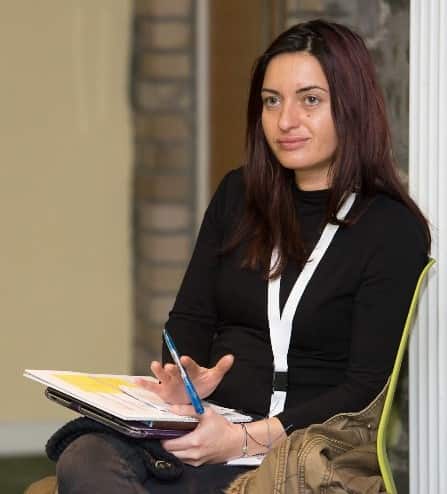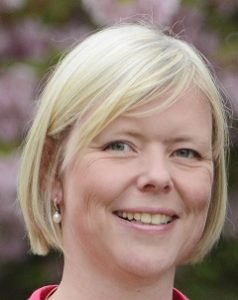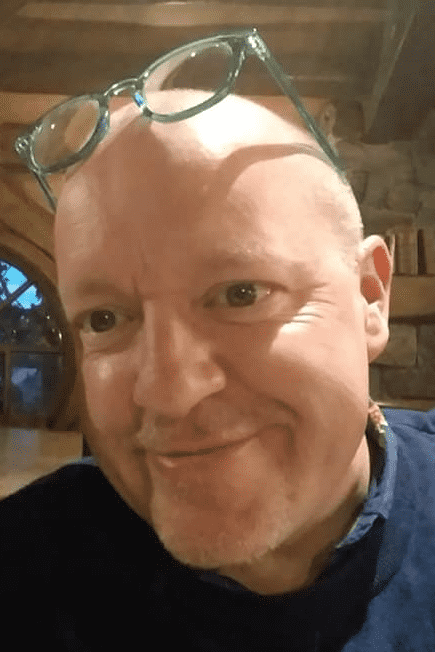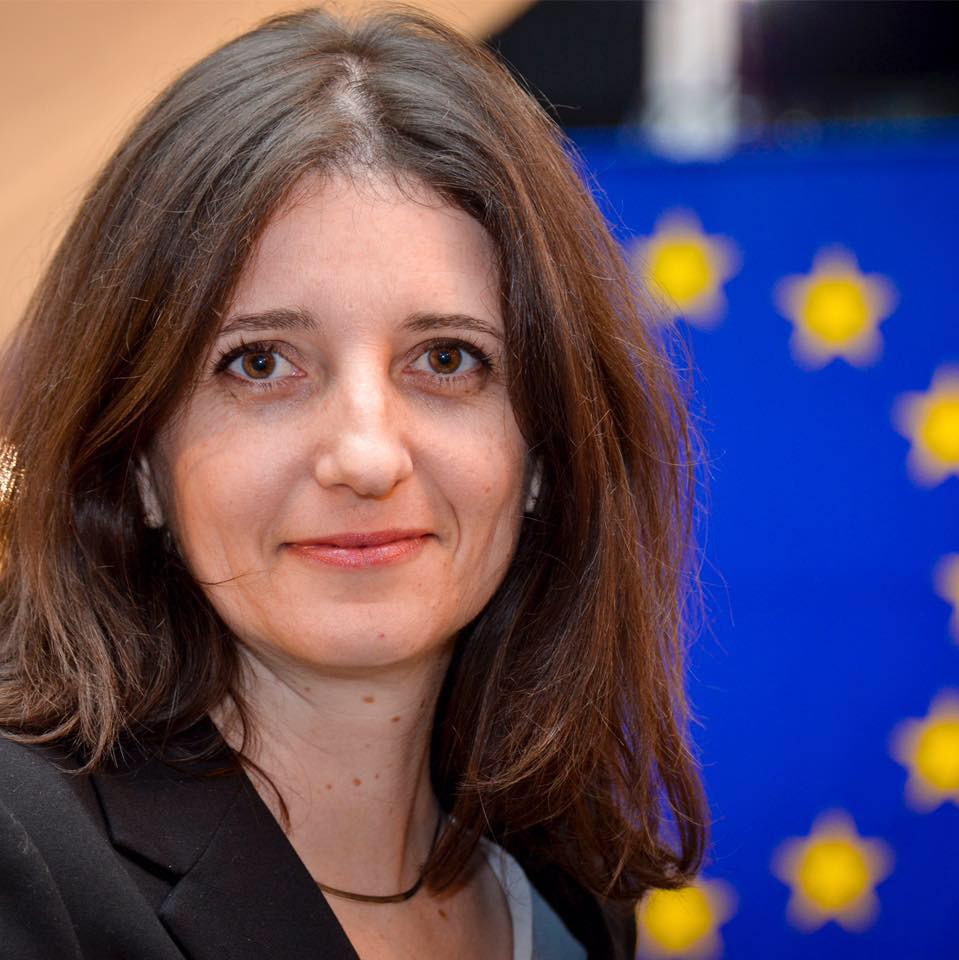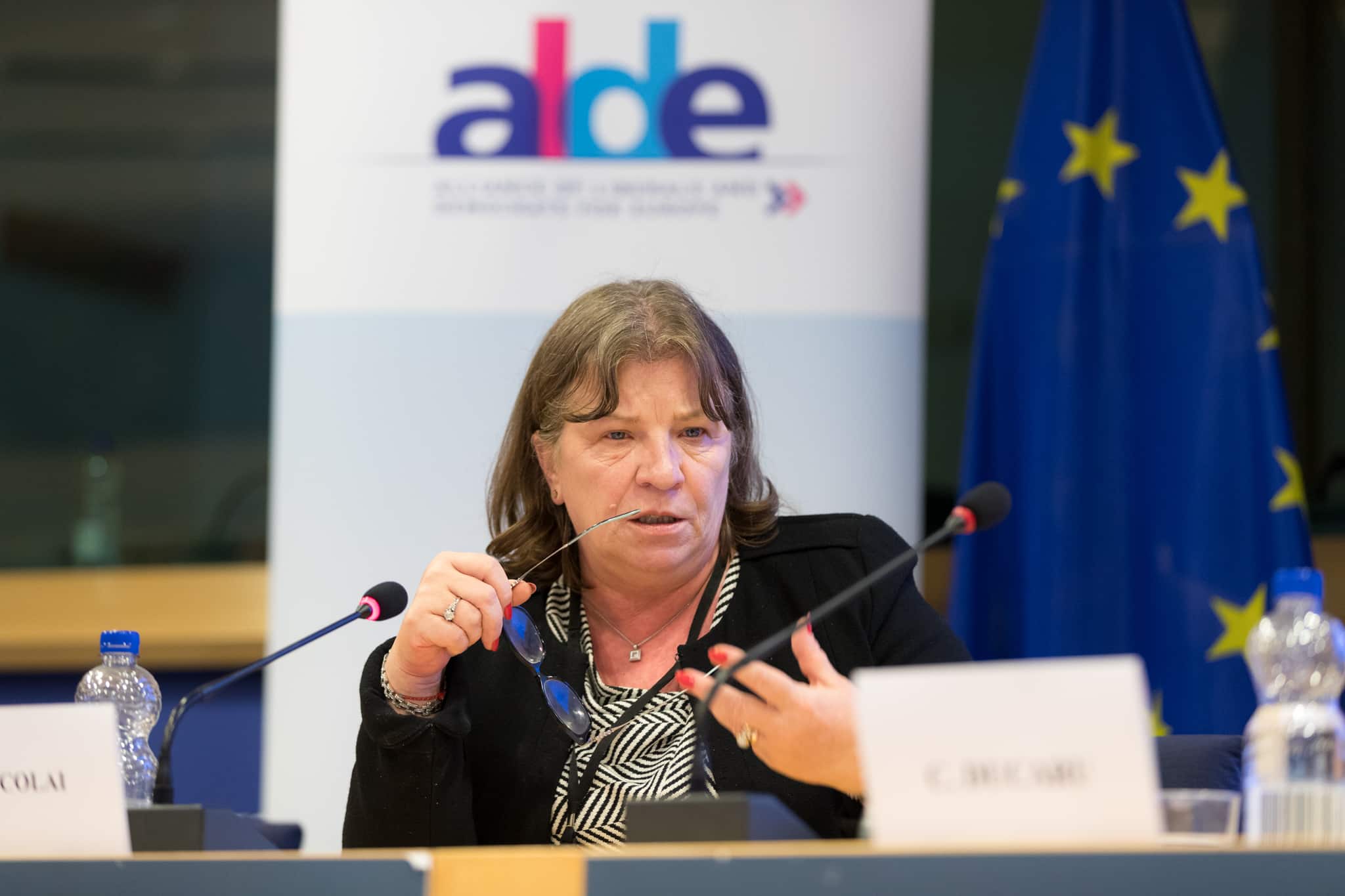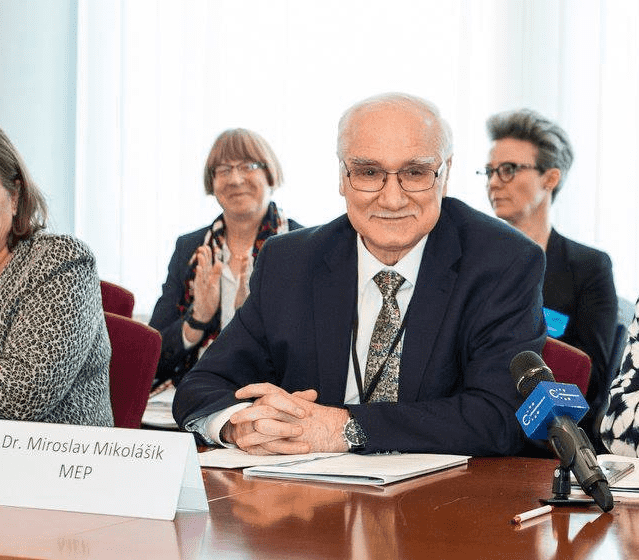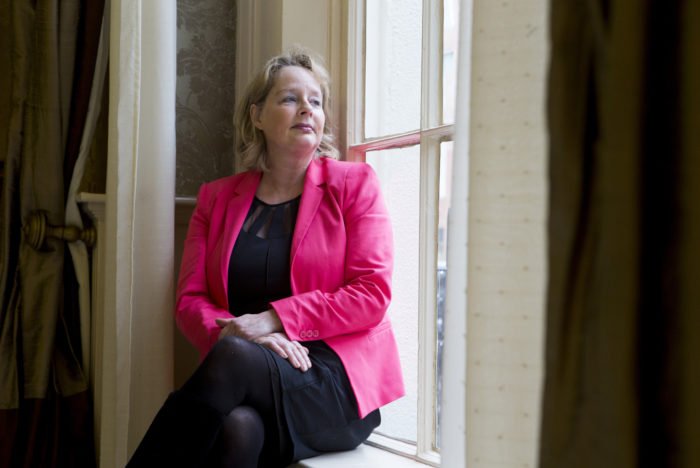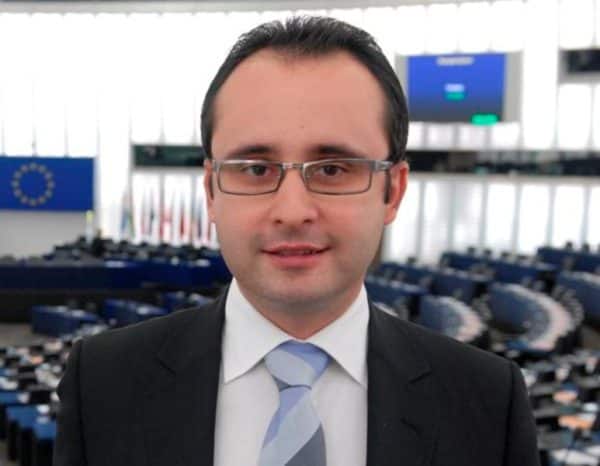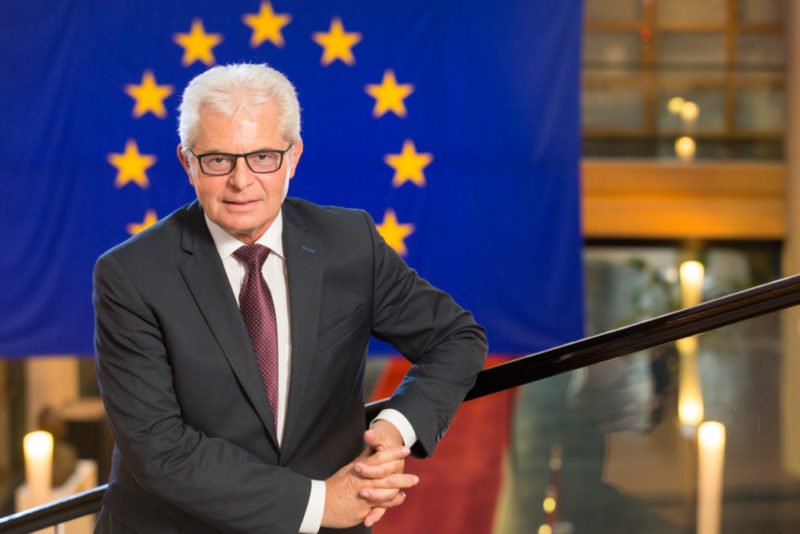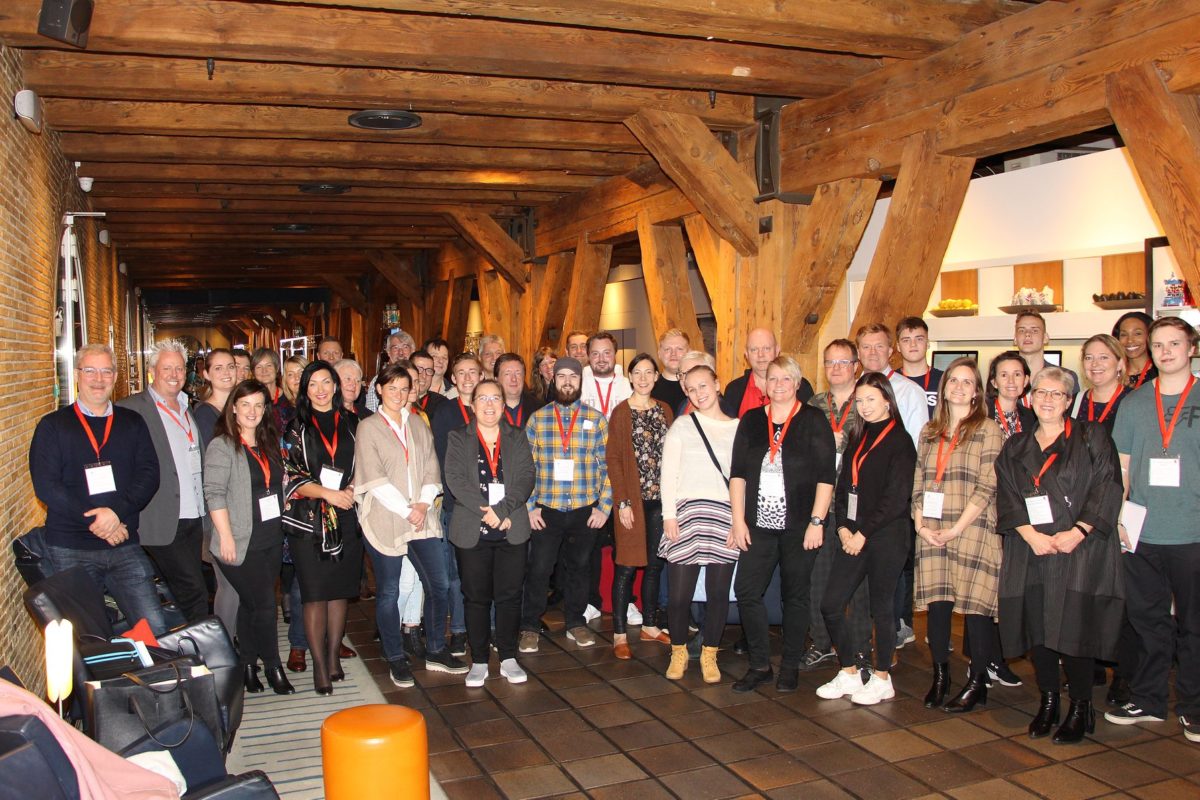
Apparently, they are very popular in Denmark and were broadly talked about in the Nordic meeting that took place from 15-17 November in Copenhagen, Denmark. Also, EHC Community Programmes Officer Fiona Brennan and recently-retired Jo Eerens were privileged to attend this meeting and hear all about the activities of the NMOs! In this week’s edition of EHC Now! find out more about the Stiff-Ankle Society, the Tarzan Syndrome and more from this collaborative meeting!
This year’s Nordic Meeting was hosted by the Danish NMO – Danmarks Bløderforening – and brought together five Nordic countries; Denmark, Finland, Iceland, Norway and Sweden, that were joined for the first time by their Baltic neighbours, Estonia and Latvia. The tradition of the Nordic Meeting is to meet and touch base on their respective activities, discuss common issues and exchange on best practices. This fruitful meeting brought together over 38 members of the NMOs, EHC representatives and EAHAD CEO, Aislin Ryan, along with clinicians, invited speakers and industry representatives.
The workshop began on Friday afternoon with a very warm welcome from the Danish NMO Chairperson Jacob Anderson and staff member Karen Binger Holm, followed by a 10-minute update from each NMO about what is currently happening in their country, some of the successes they have experienced over the past year, the next focus for their NMO and some of the issues and challenges ahead. This was an opportunity for NMOs to exchange and share experiences, but also to ask lots of insightful questions about how things are organised and implemented in other NMOs. The EHC also provided the attendees with an update of what we are doing, when we are doing it and why we are doing it!
Saturday morning began with a conversational style session between Dr Peter Kampmann, Chief Physician, Rigshospitalet, and the Chairman of the Danish Haemophilia Society, Jacob Andersen. They discussed the “Tarzan Syndrome” whereby patients can sometimes refuse treatment, pain relief and try to avoid being identified as having a bleeding disorder which can lead to unnecessary pain and bleeding problems. The pair discussed the affectionately named “Stiff-Ankle Society” a group for patients aged between 30 and 49 years. Dr Kampmann highlighted that both clinicians and patients can learn a lot from each other in this type of group, by discussing the challenges they face with pain, injuries and managing their identity alongside the management of their condition. This conversation was both honest and eye-opening from the perspective of re-adjusting our expectations as we age.
This was followed by a report on the Mind Study from Sweden, which gathered data from 1550 people from 2007-2017, exploring health related quality of life, pain management and the incidence of depression and anxiety in patients with bleeding disorders conducted by the Swedish Institute for Health Economics. The data showed patients with haemophilia have increased levels of acute and chronic pain and long-term disability, and are at a higher risk of continued use of psychotropic drugs than the average population.
A main theme throughout the weekend regarded the need for Comprehensive Care Centres for patients with bleeding disorders, with many centres not yet certified as comprehensive haemophilia treatment centres in the Northern and Baltic countries. A panel discussion with Aislin Ryan, Dr Eva Funding, Rigshospitalet, Morten Skovhus Eriksen, patient representative, Denmark and Morten Frank Pedersen, Chair, Danish Association of the Pharmaceutical Industry Rare Disease Committee explored the future needs for comprehensive care. Each speaker agreed with the goal and the importance of ensuring that patients have access to a Comprehensive Care Centre, with Dr Eva Funding emphasising that the future of haemophilia care is becoming more complex with patients living to older age and the management of new and novel therapies. Dr Funding stressed that we must aim to ensure a high level of expertise in order to safely and effectively manage this new era of haemophilia and bleeding disorders treatment and care. Patient representative Morten Eriksen reinforced this mantra, by explaining that patients with bleeding disorders need a treatment home and expert resources when, and if, complex issues arise.
A parallel programme for young members from the represented NMOs was held from Saturday afternoon to engage and explore topics of interest with the already motivated and empowered youth. Consisting of 12 young people, the group took part in an interactive session on motivation and community building with Casper Rongsted, Educational Consultant & Writer, Rongsted Learning and Motivation, who worked with participants on maintaining their motivation, leadership and engagement in the community. On Sunday, Fiona Brennan facilitated an interactive action planning workshop on participants involvement, taking into consideration the current and future activities of the youth in the Nordic and Baltic NMOs. The future of these NMOs continues to shine bright with some inspirational, motivated and educated youth ready to engage actively with their NMOs and with each other!
The weekend ended with an interactive evaluation and discussion on current issues that the Nordic group agreed to work on together, namely developing a consensus statement regarding Comprehensive Care Centres in the Northern and Baltic countries.
We send our warmest thanks to the Nordic Haemophilia Societies for the kind invitation and warm welcome! We were delighted to be able to share an insight into this year’s meeting and look forward to seeing this engagement further empower patients and NMOs well into the future!



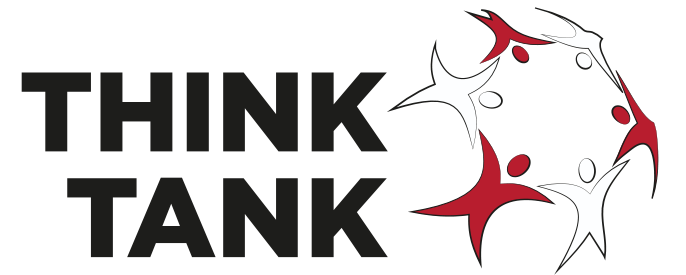
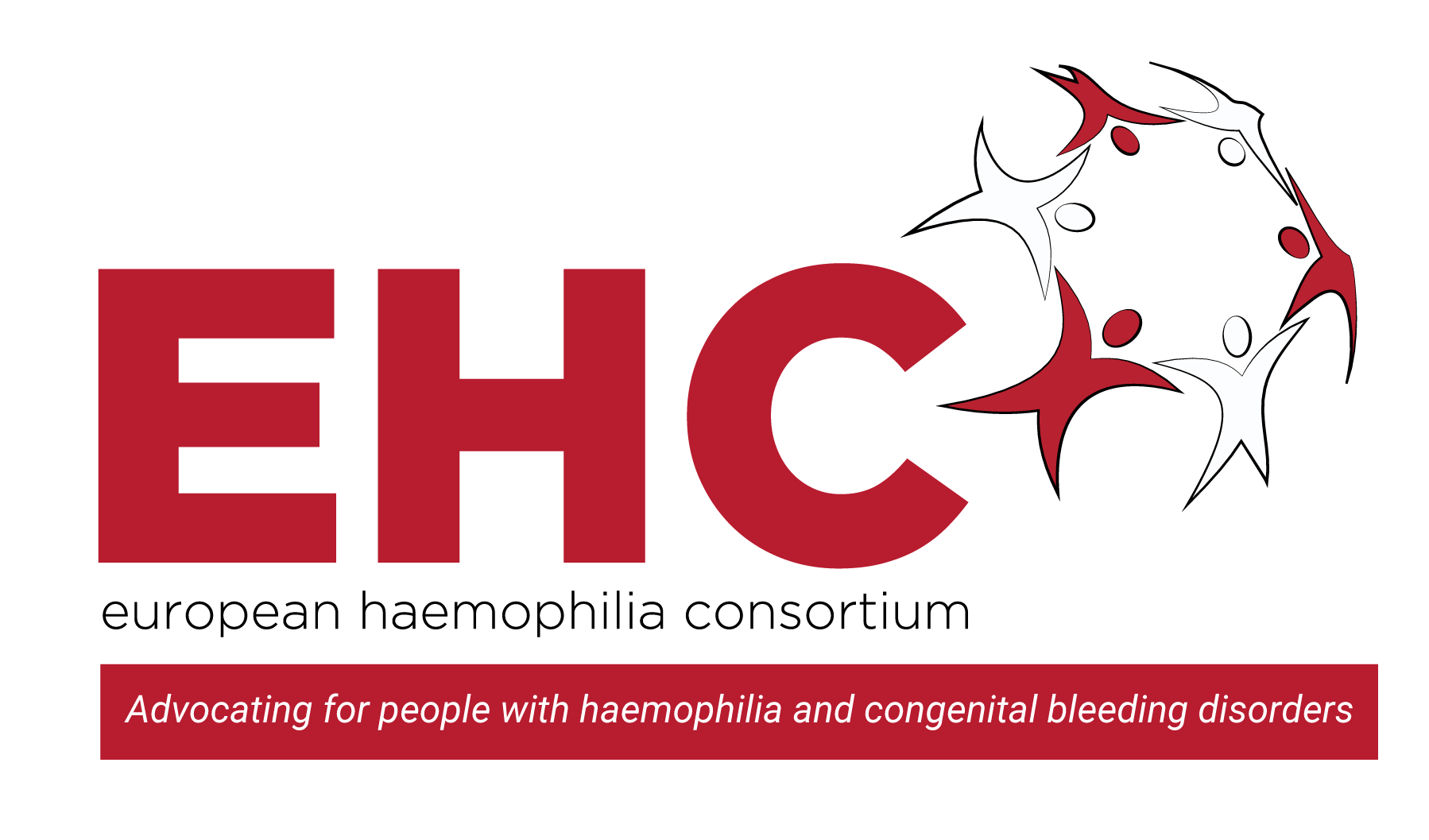
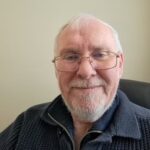 Jim is aged 66 and has Haemophilia A with a high titer inhibitor which he developed at age 14.
Jim is aged 66 and has Haemophilia A with a high titer inhibitor which he developed at age 14.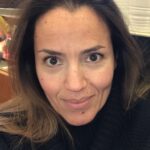 Maria Elisa Mancuso (MD, PhD) is a Haematologist and works as a Senior Haematology Consultant at the Center for Thrombosis and Haemorrhagic Diseases of IRCCS Humanitas Research Hospital in Rozzano, Milan, Italy. She is Adjunct Clinical Professor at Humanitas University. She obtained a post-degree in Clinical and Experimental Haematology and a PhD in Clinical Methodology. She is involved in clinical research and has published several original articles in peer-reviewed journals a The Lancet, Blood, Journal of Thrombosis and Haemostasis, Haematologica, Thrombosis and Haemostasis, British Journal of Haematology and Haemophilia. She is reviewer for several peer-reviewed journals and member of the Editorial Board of JTH. She is a member of several scientific societies (ISTH, WFH, ASH, EAHAD, SISET, AICE) and was a medical member of the Inhibitor Working Group of the European Hemophilia Consortium. She is co-chair of the ADVANCE Study Group. She has acted also as co-chair of the Scientific and Standardization Subcommittee of ISTH on FVIII, FIX and rare bleeding disorders. She has been involved as principal and co-investigator in several clinical trials, and she takes care of both children and adults with hemophilia and other congenital bleeding disorders with a specific scientific interest in novel therapies, prophylaxis, inhibitors, and chronic hepatitis C.
Maria Elisa Mancuso (MD, PhD) is a Haematologist and works as a Senior Haematology Consultant at the Center for Thrombosis and Haemorrhagic Diseases of IRCCS Humanitas Research Hospital in Rozzano, Milan, Italy. She is Adjunct Clinical Professor at Humanitas University. She obtained a post-degree in Clinical and Experimental Haematology and a PhD in Clinical Methodology. She is involved in clinical research and has published several original articles in peer-reviewed journals a The Lancet, Blood, Journal of Thrombosis and Haemostasis, Haematologica, Thrombosis and Haemostasis, British Journal of Haematology and Haemophilia. She is reviewer for several peer-reviewed journals and member of the Editorial Board of JTH. She is a member of several scientific societies (ISTH, WFH, ASH, EAHAD, SISET, AICE) and was a medical member of the Inhibitor Working Group of the European Hemophilia Consortium. She is co-chair of the ADVANCE Study Group. She has acted also as co-chair of the Scientific and Standardization Subcommittee of ISTH on FVIII, FIX and rare bleeding disorders. She has been involved as principal and co-investigator in several clinical trials, and she takes care of both children and adults with hemophilia and other congenital bleeding disorders with a specific scientific interest in novel therapies, prophylaxis, inhibitors, and chronic hepatitis C.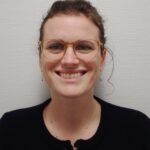 As a patient with factor II deficiency, the diagnostic and treatment of rare bleeding disorders is a matter dear to my heart. My motivation to participate in the work of the ERIN committee is to improve both diagnostic and treatment for patients with rare bleeding disorders across Europe.
As a patient with factor II deficiency, the diagnostic and treatment of rare bleeding disorders is a matter dear to my heart. My motivation to participate in the work of the ERIN committee is to improve both diagnostic and treatment for patients with rare bleeding disorders across Europe.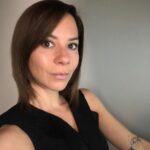 Economist and financial expert by profession, executive coach and trainer by passion and haemophilia advocate by every drop of my blood through my son (who has severe haemophilia A with inhibitors). Bringing a good decade of practical experience from the corporate insurance world, laser focus, growth mindset and resilience from my own experience, offering you anything I can just do, in hope that together we can make life more fulfilled for those impacted by bleeding disorders.
Economist and financial expert by profession, executive coach and trainer by passion and haemophilia advocate by every drop of my blood through my son (who has severe haemophilia A with inhibitors). Bringing a good decade of practical experience from the corporate insurance world, laser focus, growth mindset and resilience from my own experience, offering you anything I can just do, in hope that together we can make life more fulfilled for those impacted by bleeding disorders.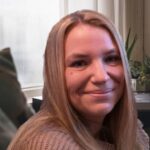 Amy Owen-Wyard is a Registered Mental Health Nurse. With experience working with children, young people, their families and adults with severe and enduring mental health conditions. Amy was also involved in a service improvement to provide a holistic care approach for those in general hospitals to support both their mental and physical health, whilst sharing her expertise and knowledge in mental health with the wider multidisciplinary team.
Amy Owen-Wyard is a Registered Mental Health Nurse. With experience working with children, young people, their families and adults with severe and enduring mental health conditions. Amy was also involved in a service improvement to provide a holistic care approach for those in general hospitals to support both their mental and physical health, whilst sharing her expertise and knowledge in mental health with the wider multidisciplinary team.